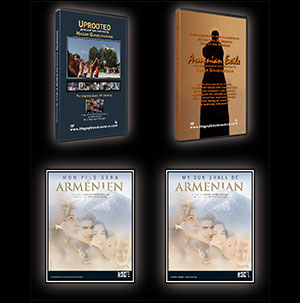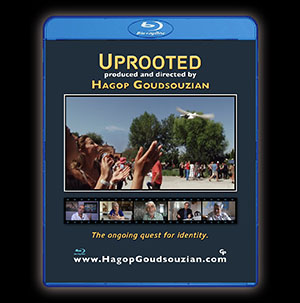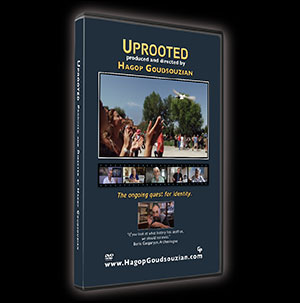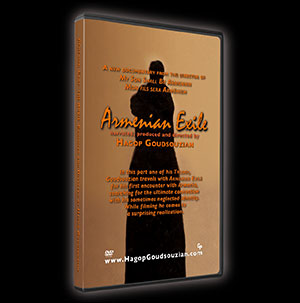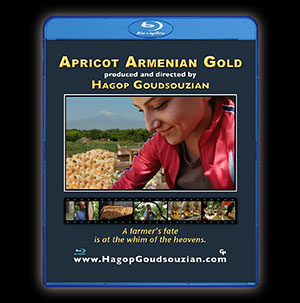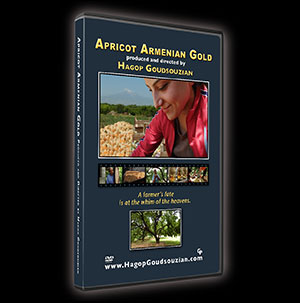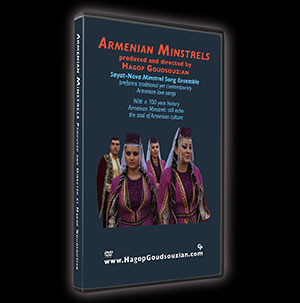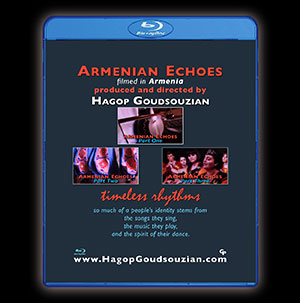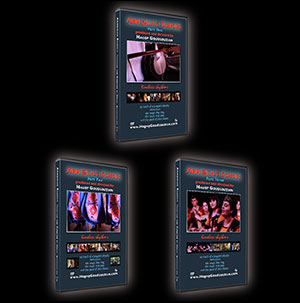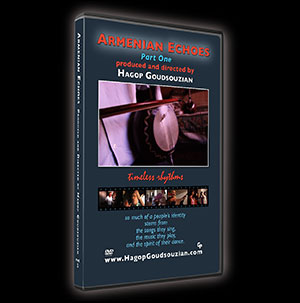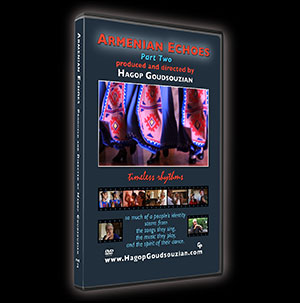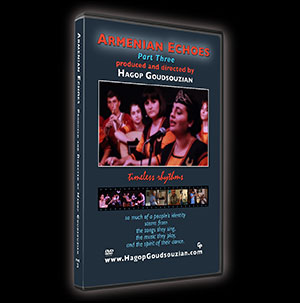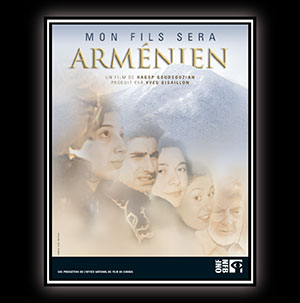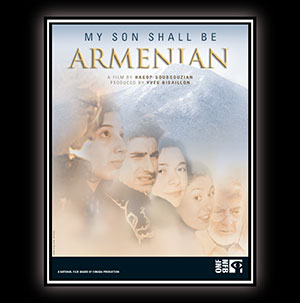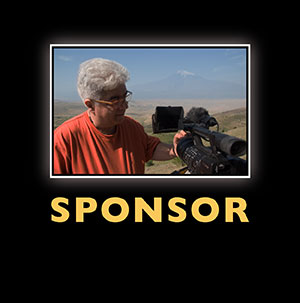“UPROOTED”
The Ongoing Quest for Identity
www.keghart.com
______________
Of course being a pro helps veteran Goudsouzian overcome the challenge with aplomb. A film director and producer of some 250 movies and TV programs, ten Armenian films and three short movies, Goudsouzian interviews in “Uprooted” a wide cross-section of Armenians in Armenia to elicit their feelings and perceptions about the challenge of being Armenian, what it means to be Armenian, the importance of culture for the survival of the nation, Armenian history, Armenian future…
“Uprooted” is the third in the Armenian Trilogy. The first was “Armenian Exile” and the second (“My Son Shall Be Armenian”) is “probably most aired Armenian film anywhere,” said Goudsouzian.
In the ongoing quest for the Armenian identity, the director interviews painters, dairy farmers, musicians, academics, young people and seniors, activists and pensioners. Thankfully, he skips usual suspect clergy, politicians and organization leaders.
In passionate yet well-reasoned takes, the interviewees talk about the bad hand history has lent the Armenian nation, how Armenian identity has evolved over the centuries, how Armenians have survived despite almost constant threats, and the crucial role, especially music, has played in the preservation of the country and the nation.
In a series of frank and often heart-rending conversations, which sometimes sound like overhearing a patient open up to a psychiatrist, people express their surprise that their nation has survived despite 4,000 years of mostly adverse history and even genocide. Several of the “patients” admit that being Armenian can be a burden which sometimes forces them to walk away from their heritage.
In more than ten of frank interviews in various indoor and outdoor settings Armenians pour out their thoughts and feelings about existential issues. They also delve into the subject of what makes an Armenian. Is the deciding attribute race, religion, speaking the language, living in Armenia…? The answers two of the interviewees offer are emphatic. One person (a civil engineer and musician) says if someone says he is Armenian then he is. An academic says a person who participates in Armenian affairs and feels responsible for other Armenians should be considered Armenian.
An academic takes a thoughtful look at a national psyche that burdens itself too much with the past and about achieving imperial glories which it enjoyed only once (King Dikran II) and only for a spell. She deplores and chastises the tradition among Armenians and other nations whereby political greatness—rather than other endeavours such as culture—is considered the paramount measure of success.
Perhaps siding with the above observation, the director has punctuated his documentary with a wealth of live music. No less than three choruses make appearances in the documentary, singing folkloric songs, church hymns, and revolutionary songs. An archaeologist, one of the first people who is interviewed, says: “If you look at the chances history dealt us, we should not exist…” and later in the documentary says Armenian songs are the bridge between the past and the future. Illustrating the importance of music to the Armenian nation one interlocutor says that a number of Armenian songs and hymns are of pagan origin but were transformed into Christian songs by St. Gregory the Illuminator and Catholicos St. Sahag.
To his credit and to the credit of the people interviewed there’s little rah-rah jingo in the interviews. Despite the blockade by Turkey and Azerbaijan, despite the difficult economic conditions, and despite the corrupt and oppressive government, the interviewees are objective, cool-headed and above the fray.
If there is a shortcoming in “Uprooted”—The Ongoing Quest for Identity” it’s that all the interviews, save one, are with Armenians who reside in Armenia. Thus, the Diaspora input is sorely missed: after all, far more Armenians live away from their homeland rather than in the shadow of Ararat. However, the shortcoming is understandable. To have travelled from Sydney to Jerusalem, from Vancouver to Beirut and many points in between is probably beyond the financial muscle of Goudsouzian who self-finances these essential documentaries.
“Uprooted” was aired in March on WMHT (Albany-Troy, NY) and will air on KCET, Los Angeles on April 24 at 7 p.m. and various PBS stations in April and May. Visit Films by Hagop Goudsouzian for details.
Apricot Armenian Gold (with Subtitles), Apricot Armenian Gold (with English Voices), Armenian Minstrels, Armenian Echoes (three part mini-series), Armenian Exile (also narrated).
Hagop directed and narrated the feature length documentary My Son Shall Be Armenian and Mon fils sera arménien produced by
the National Film Board of Canada.
He also produced and directed several shorts, A Taste of Armenia, on the famous Goom's Market of Yerevan, free on some DVDs and Blu-rays.
Recently Goudsouzian released UPROOTED (also narrated), Part three of his "Armenian Trilogy."
Goudsouzian is now developing a feature length documentary. To sponsor Hagop's new projects, use contact or sponsor links.




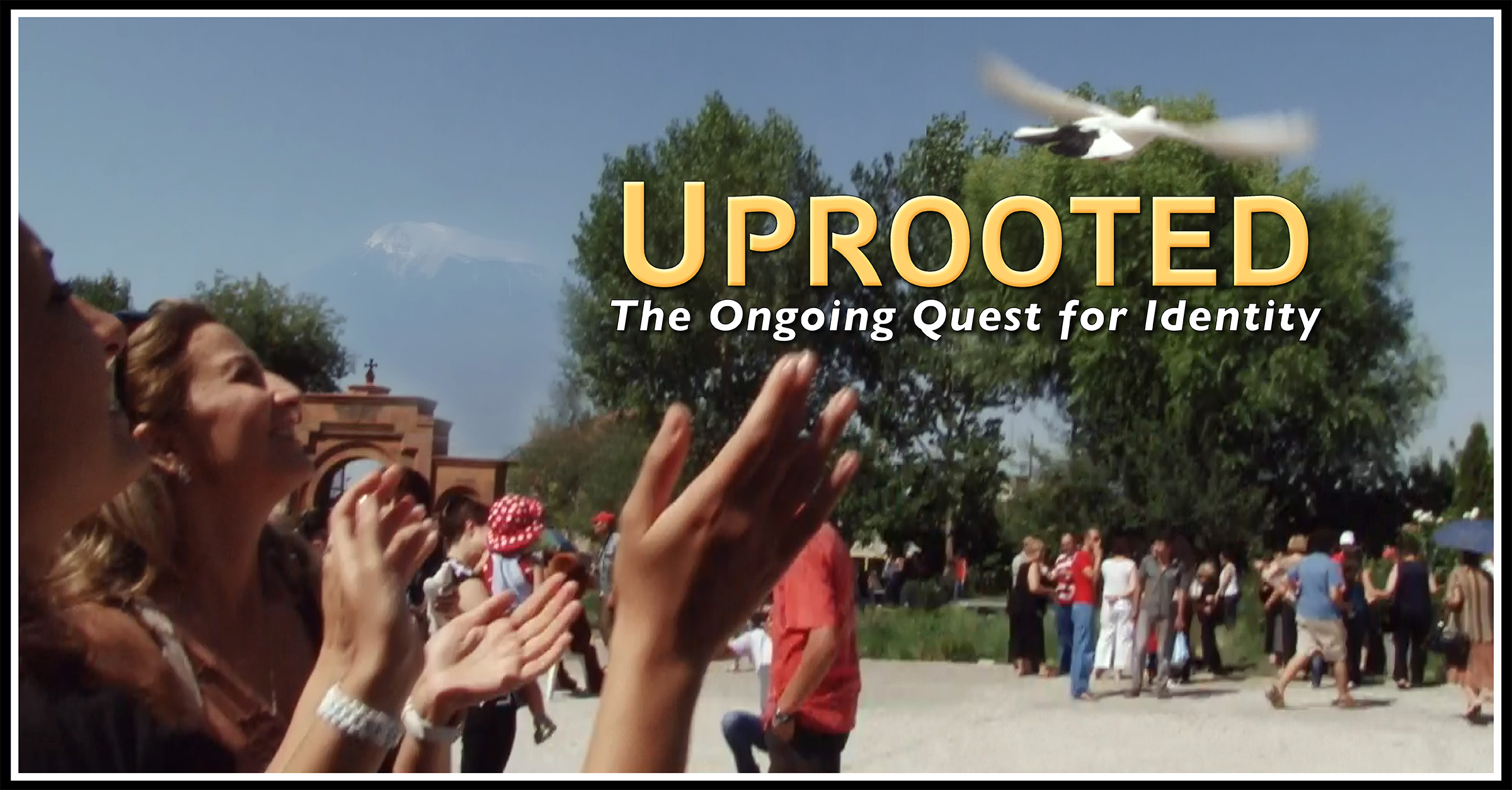











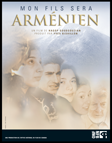
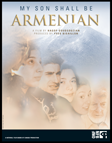

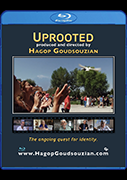




 Canadian currency purchases are for Canadian residents shipped to a Canadian address ONLY.
Canadian currency purchases are for Canadian residents shipped to a Canadian address ONLY. US currency purchases are for US residents shipped to a continental USA address ONLY.
US currency purchases are for US residents shipped to a continental USA address ONLY. Euro currency purchases are for European residents shipped to a European address ONLY.
Euro currency purchases are for European residents shipped to a European address ONLY. Orders from other locations please
Orders from other locations please 